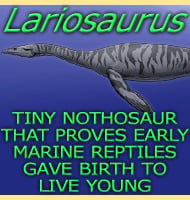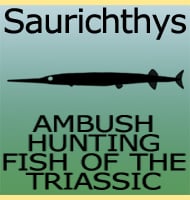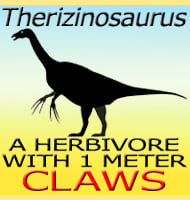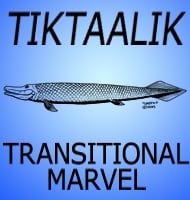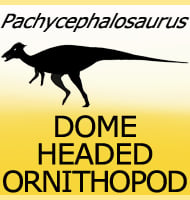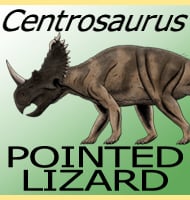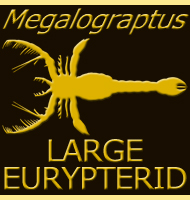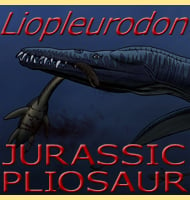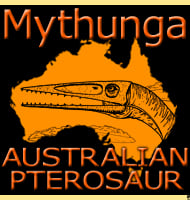In Depth
Fedexia was discovered in 2004 by Adam Striegal, a university student at the time. It acquired its name because the land it was discovered on was owned by the FedEx Corporation. When first examined, Fedexia was mistaken for a fern because of the arrangement of teeth. Study by Charles Jones, the class lecturer, revealed it to be a skull.
In life Fedexia was a carnivorous amphibian, often regaled as being like a salamander. It had two large palatal tusks that would have been quite effective at pinning prey in its mouth. Prey was likely to include anything from smaller amphibians to large insects. Study of the fossil site suggests that Fedexia lived in a freshwater environment such as a lake, but is still envisioned as a primarily terrestrial creature.
Further Reading
– A new trematopid amphibian (Temnospondyli: Dissorophoidea) from the Upper Pennsylvanian of western Pennsylvania: earliest record of terrestrial vertebrates responding to a warmer, drier climate. – Annals of Carnegie Museum. 78 (4): 289–318. – D. S. Berman, A. C. Henrici, D. K. Brezinski & A. D. Kollar – 2010.

